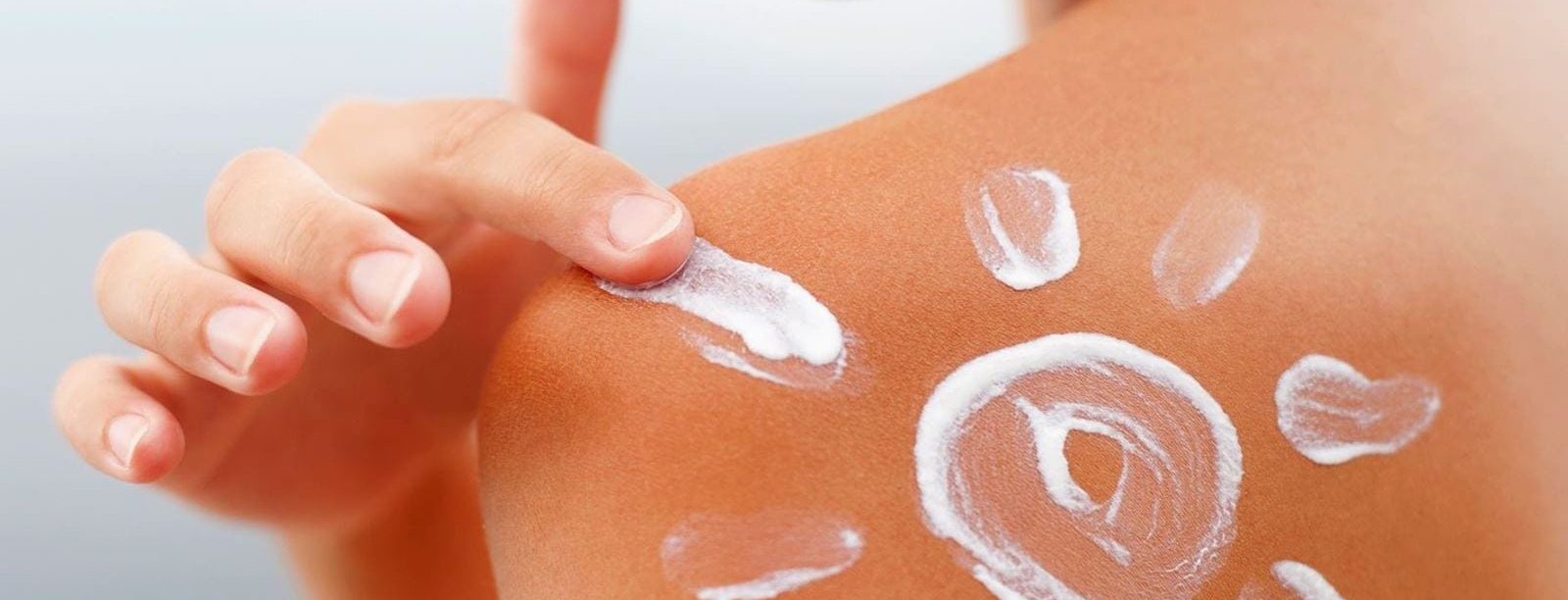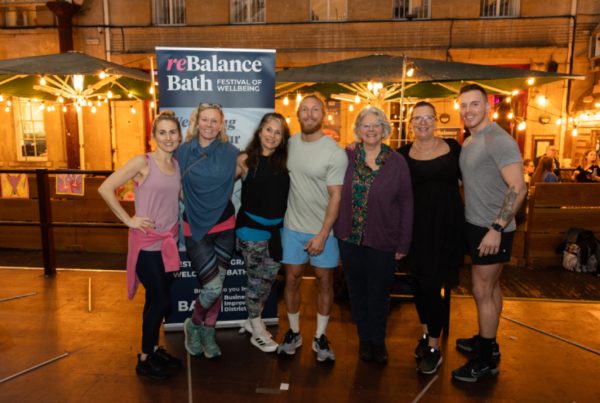This year’s heatwave couldn’t come at a better time – with Lockdown coming to an end, we can enjoy the lovely weather with family and friends. This article will highlight the importance of SPF and ocean life, ensuring that you are enjoying this heatwave safely and sustainably. By Amy Vu
SPF – A rundown
SPF stands for sun protection factor. So, the SPF level you see on sunscreens tells you its effectiveness in protecting your skin from the sun’s radiation. Many of us assume that SPF is reserved for the summer, but you must use it every day. This is because the sun emits two types of ultraviolet (UV) radiation that penetrate our skin – UVB and UVA.
UVA is associated with skin ageing and UVB rays with sunburn. Both UVA and UVB can cause skin cancer. According to the Skin Cancer Prevention Association, using an SPF daily can reduce your risk of developing skin cancers by up to 50%! Therefore, incorporating SPF into your skincare routine is so important in protecting your healthy skin.
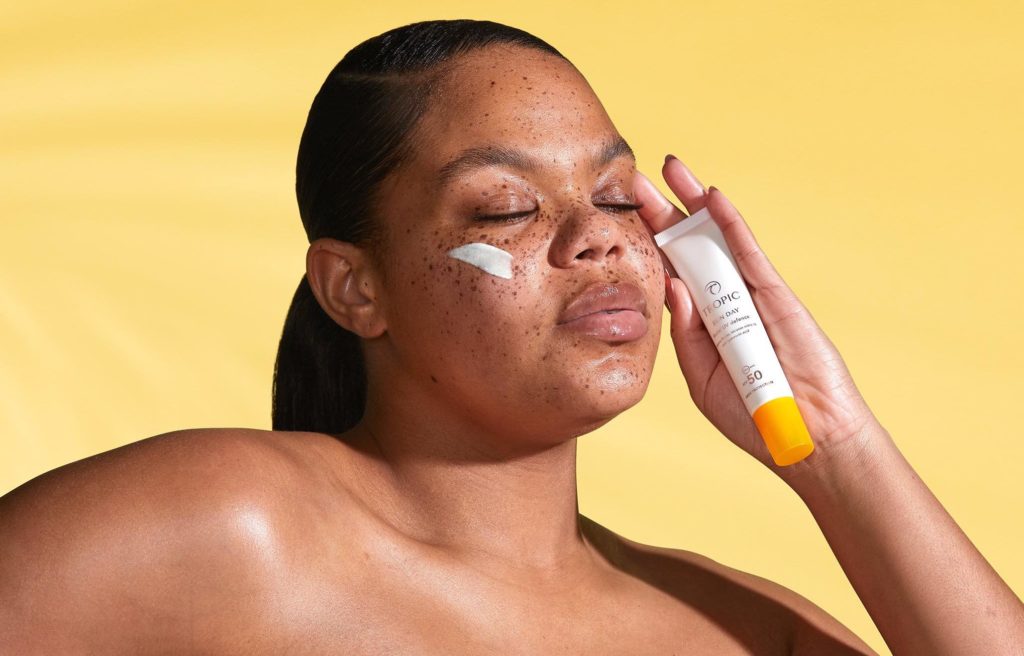
What does the SPF number mean?
The number of the SPF tells you how much protection it is providing to your skin, below shows how much it blocks UVB radiation:
- SPF 15: 93%
- SPF 30: 97% (approximately)
- SPF 50: 98% (approximately)
In simpler terms, an SPF 15 will protect the skin 15 times more than just your normal skin. SPF 30 will double that protection and an SPF 50 – 50 times more. However, between 30 and 50 there is only a minute difference in protection. Although it seems small, over a lifetime it adds up.
The level of protection also depends on skin type, intensity of the sunlight, and amount of sunscreen used. Generally, SPF 15 is considered mild protection, 15-30 moderate, and 30+ high. Whatever you use, ensure that you apply sunscreen indoors 20 to 30 minutes before going outside and reapply it every two hours for better protection. The recommended amount you should use is 2 milligrams per square centimetre of your skin. For babies and children, always apply a high protection sunscreen of at least SPF 30 and keep babies younger than six months out of direct sunlight.
Tan safer:
A great way to help boost your tan without sitting in the sun all day is body brushing. Along with other skin benefits like reducing cellulite and removing dead skin cells, dry body brushing can help you tan faster. This is through the breaking up of fat deposits that stimulates blood flow, helping your skin contain moisture. I would recommend the Mio Skincare body brush – 100% vegan and recyclable packaging.
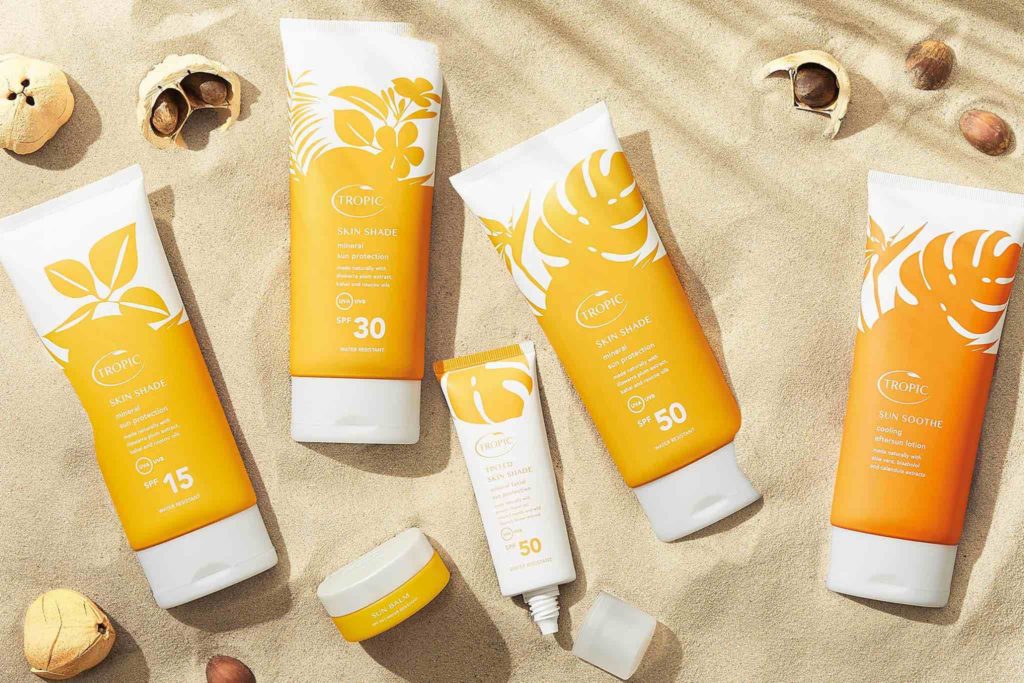
Which SPF should I be using?
Your skin tone is an important factor when choosing which SPF is best for you. Our skin contains melanin, a natural pigment that helps to protect against sun damage.
Fairer skin has lower levels of melanin meaning higher risk of sunburn, photodamage, and skin cancer. If you have fair skin, you should always use sunscreen with an SPF of 30 or higher.
Those with darker complexions are less at risk due to having more melanin and thus natural sun protection. A myth on this topic is that those with darker skin don’t need to worry about using sunscreen. This is false. If your skin is darker, you should use sunscreen with an SPF of 15 minimum. Although darker skin doesn’t visibly burn, there’s still a risk of the skin being damaged under the surface and thus vulnerable to longer-term skin problems.
Physical vs Chemical Sunscreen
A physical sunscreen rather than being absorbed sits on the top layer of your skin. The ingredients reflect sun rays. It is gentle on the skin but is not water-resistant and may leave a white sheen.
A chemical sunscreen absorbs into your skin. By absorbing UV rays, it then releases them as heat. It is water-resistant but can be irritating for people with sensitive skin.
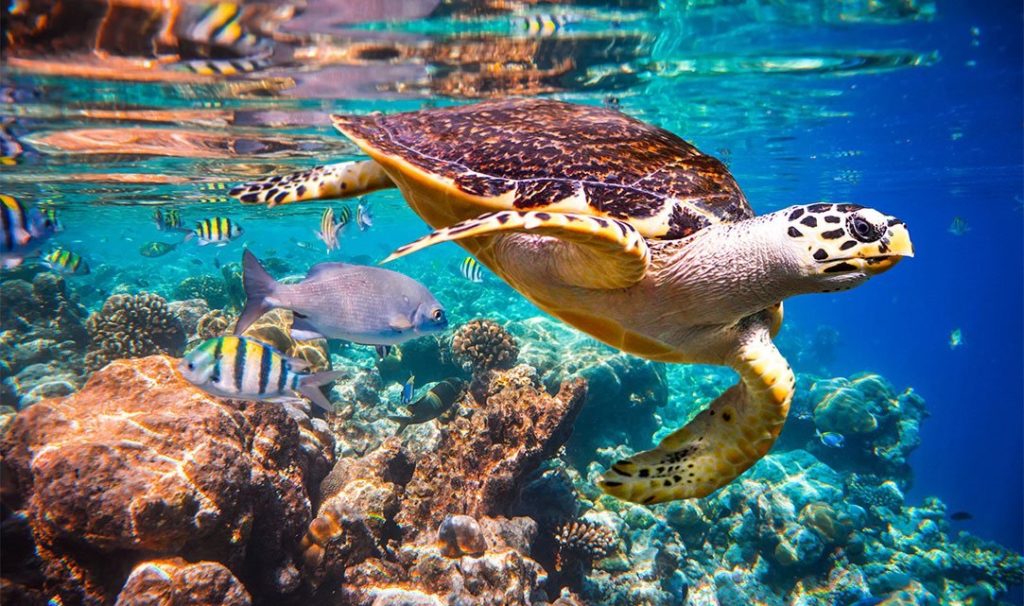
Choosing an ocean-safe sunscreen
Studies have found that ingredients found in chemical sunscreens are dangerous to marine life. Compounds like oxybenzone are extremely damaging to aquatic life and contributes to coral bleaching (destroying life-sustaining algae). Parts of Mexico and Hawaii have tackled this issue by banning products with oxybenzone and other chemicals from their eco-reserves.
Therefore, try to avoid oxybenzone, octinoxate, and octocrylene when choosing a sunscreen. To learn more about ocean-threatening ingredients click here. Do look for products that are ‘Protect Land + Sea’ certified as it means they have been laboratory‐tested to confirm that the product is ocean-safe.
When choosing a sunscreen, the simpler the formula the better. However, be wary of plant-based oils such as eucalyptus and lavender as it can be dangerous to invertebrates. Beeswax can contain industrial insecticides that, when emulsified in products, can release these harmful chemicals onto your skin and water. I recommend the Tropic skincare great barrier sun lotion – eco-friendly and Protect Land + Sea certified.
I hope this article has helped showcased the importance of SPF and ocean life. Make sure to protect your skin and the environment all year long.
You may also enjoy reading: https://darlingmagazine.co.uk/hair-beauty/nordic-skincare-the-beauty-trend-of-2021/


